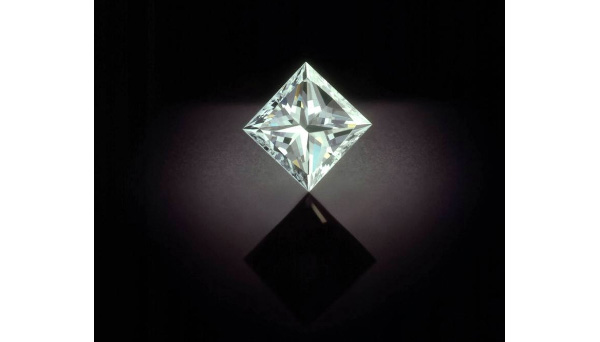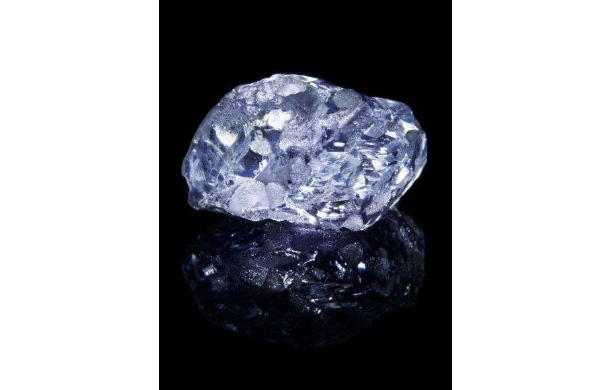Everyone knows that cut-loose diamonds are graded. Because the purchase price and recycling price of diamonds of different qualities are different, few people know that rough stones are actually graded at the beginning, and diamonds of different grades determine their general use.
Key points for grading rough diamonds:
1: Grading by crystal morphology and location of defects
It is generally divided into the positive crystal, skewed crystal, triangular flake, contact twin crystal, and aggregate form.
Commercially divided into:
Closed stones: single crystal, with a beautiful shape, good for sawing and polishing.
Spotted stones: Single crystal, with a beautiful shape, not very pure (heavy blemishes), but cutting allows them to be removed.
Naats: Distortion of the crystal, should be split or cut directly.
Irregular stones: have an irregular octahedral or dodecahedral shape and can be cut directly.
Stones: Refers to high-quality diamonds over 1 carat.
Fancy colours: These diamond colors do not include colorless with bluish or yellow tinges, but vivid fancy colors such as blue, green, canary yellow, brown and rose.
Cleavable stones: Cleaved diamonds should be accepted.

grading rough diamonds
Coated stones: These diamonds require some thought, as they have a rough coat surrounding them. They might still be dim under the veil, but they might just as well be a gem.
Plats: These diamonds are usually twin crystals and are often rose cut.
Sands: Refers to very small diamonds (less than 0.10 carats), used for 8/8 cuts.
Commons goods: The quality of this type of diamond has been mediocre, and it is on the level boundary of gem-quality diamonds.
Frosted stones: Similar to Coated stones, except that the coat becomes translucent at this time.
Milky stones: As the name suggests, these stones have a milky white appearance.
Blocks: have a special shape, it is difficult to see their crystal orientation.
Rejections stones: Diamonds whose quality is no longer suitable for the jewelry industry and should be excluded.

the grading of rough diamonds
2: Grading of crystal surface features
Generally, according to the depth and size of the triangular pits on the crystal surface, and whether there may be stress cracks, they are divided into excellent, good, medium and poor.
3: crystal color grading
Usually, the colors are colorless, milky white, light green, yellow, light yellow, black, brown, etc. Among them, light green diamonds are the most gambling. In general, high-color bare stones can appear, and diamonds with black skins are also very likely. gambling.
Among them, yellow and brown diamonds are divided into yellow, light yellow, white and excellent white.
4: Crystal Size Grading
Generally, it is divided into 0.5 ct, 1 ct, 2 ct, etc. Divided into small stones, medium stones, large stones, and extra large stones.
5: Crystal Clarity Grading
Generally, a 15-fold magnifying glass is used under a special lamp to divide it into a flawed grade, a heavily flawed grade, and a clean grade.
